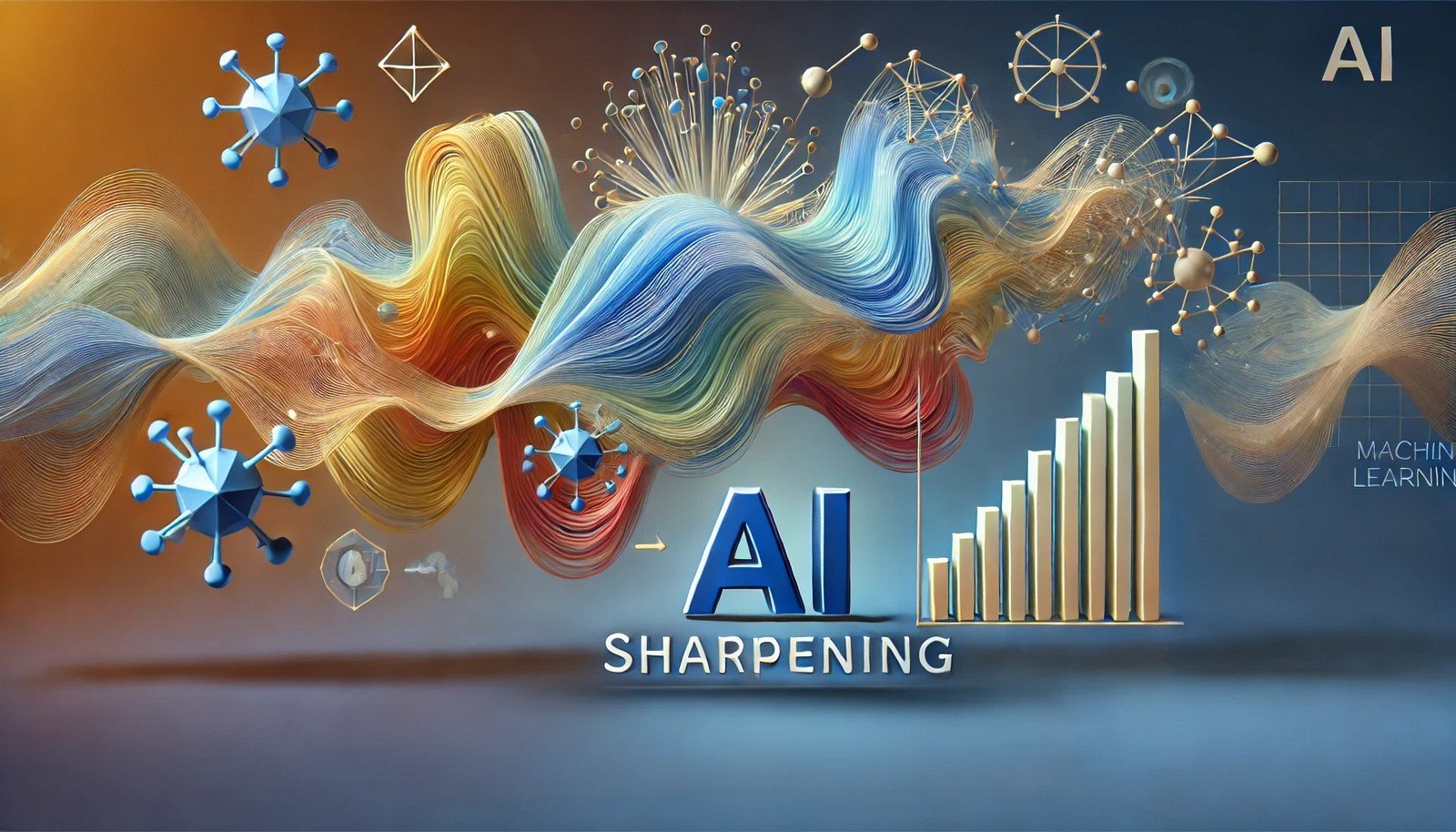Sharpening

Quick Navigation:
- Sharpening Definition
- Sharpening Explained Easy
- Sharpening Origin
- Sharpening Etymology
- Sharpening Usage Trends
- Sharpening Usage
- Sharpening Examples in Context
- Sharpening FAQ
- Sharpening Related Words
Sharpening Definition
Sharpening in AI involves refining model predictions by reducing noise, enhancing clarity, and increasing accuracy in decision-making processes. Techniques for sharpening often include optimizing algorithms, tuning parameters, and improving data preprocessing. By minimizing prediction errors, sharpening enhances a model's reliability and performance in real-world applications such as recommendation systems and predictive analytics.
Sharpening Explained Easy
Imagine you’re learning to draw, and at first, your lines are a little wobbly. Over time, with practice and guidance, your lines become sharper and clearer. Sharpening in AI is similar; it’s when the model becomes more accurate and “clear” in its predictions by practicing with data and improving over time.
Sharpening Origin
The concept of sharpening in AI has grown from early data-processing techniques to reduce noise and enhance accuracy in model predictions. With the evolution of machine learning, sharpening has become crucial for refining outputs and ensuring models perform consistently under different conditions.
Sharpening Etymology
The term “sharpening” suggests making something clear and precise, similar to how models are refined for better accuracy.
Sharpening Usage Trends
Sharpening is increasingly vital in machine learning as models grow more complex and data becomes richer. This trend supports advancements in industries requiring high-precision AI, including finance, healthcare, and autonomous systems. Improving model accuracy aligns with the growing demand for explainable, reliable AI.
Sharpening Usage
- Formal/Technical Tagging:
- Model Optimization
- Predictive Refinement
- Algorithm Tuning - Typical Collocations:
- “sharpening model predictions”
- “data sharpening process”
- “AI sharpening technique”
Sharpening Examples in Context
- A sharpening algorithm helps fine-tune facial recognition software for better accuracy in security applications.
- In financial forecasting, data sharpening allows for clearer trend analysis by reducing noise.
- Autonomous vehicle systems use sharpening techniques to improve object detection, enhancing safety and reliability.
Sharpening FAQ
- What is sharpening in AI?
Sharpening is a process to refine model predictions for better accuracy in AI. - How does sharpening improve AI models?
It reduces prediction errors, improves decision-making, and enhances model reliability. - Why is sharpening important in AI?
Sharpening helps ensure that models perform consistently in real-world conditions. - Can sharpening be applied to all types of AI models?
Yes, it’s applicable to most models, especially in data-intensive applications. - What techniques are used for sharpening in AI?
Techniques include data preprocessing, parameter tuning, and algorithm adjustments. - Is sharpening used in supervised or unsupervised learning?
Mostly in supervised learning, where labeled data guides refinement, but also useful in unsupervised contexts. - How does sharpening benefit machine learning?
It enhances prediction quality and model performance, supporting applications that rely on high accuracy. - Can sharpening prevent overfitting?
Yes, by reducing noise and avoiding excessive complexity, sharpening can mitigate overfitting. - What industries benefit most from AI sharpening?
Finance, healthcare, and autonomous systems benefit greatly from improved accuracy. - Does sharpening involve hardware optimization?
Primarily, it’s software-based, though improved hardware can support better model performance.
Sharpening Related Words
- Categories/Topics:
- Machine Learning
- Predictive Analytics
- Algorithm Optimization
Did you know?
Sharpening plays a crucial role in improving diagnostic tools in healthcare, where even a slight improvement in model clarity can lead to faster, more accurate diagnoses. For instance, image sharpening helps radiology AI detect early signs of diseases, aiding medical professionals in providing timely treatment.
PicDictionary.com is an online dictionary in pictures. If you have questions or suggestions, please reach out to us on WhatsApp or Twitter.Authors | Arjun Vishnu | @ArjunAndVishnu

I am Vishnu. I like AI, Linux, Single Board Computers, and Cloud Computing. I create the web & video content, and I also write for popular websites.
My younger brother, Arjun handles image & video editing. Together, we run a YouTube Channel that's focused on reviewing gadgets and explaining technology.



Comments powered by CComment